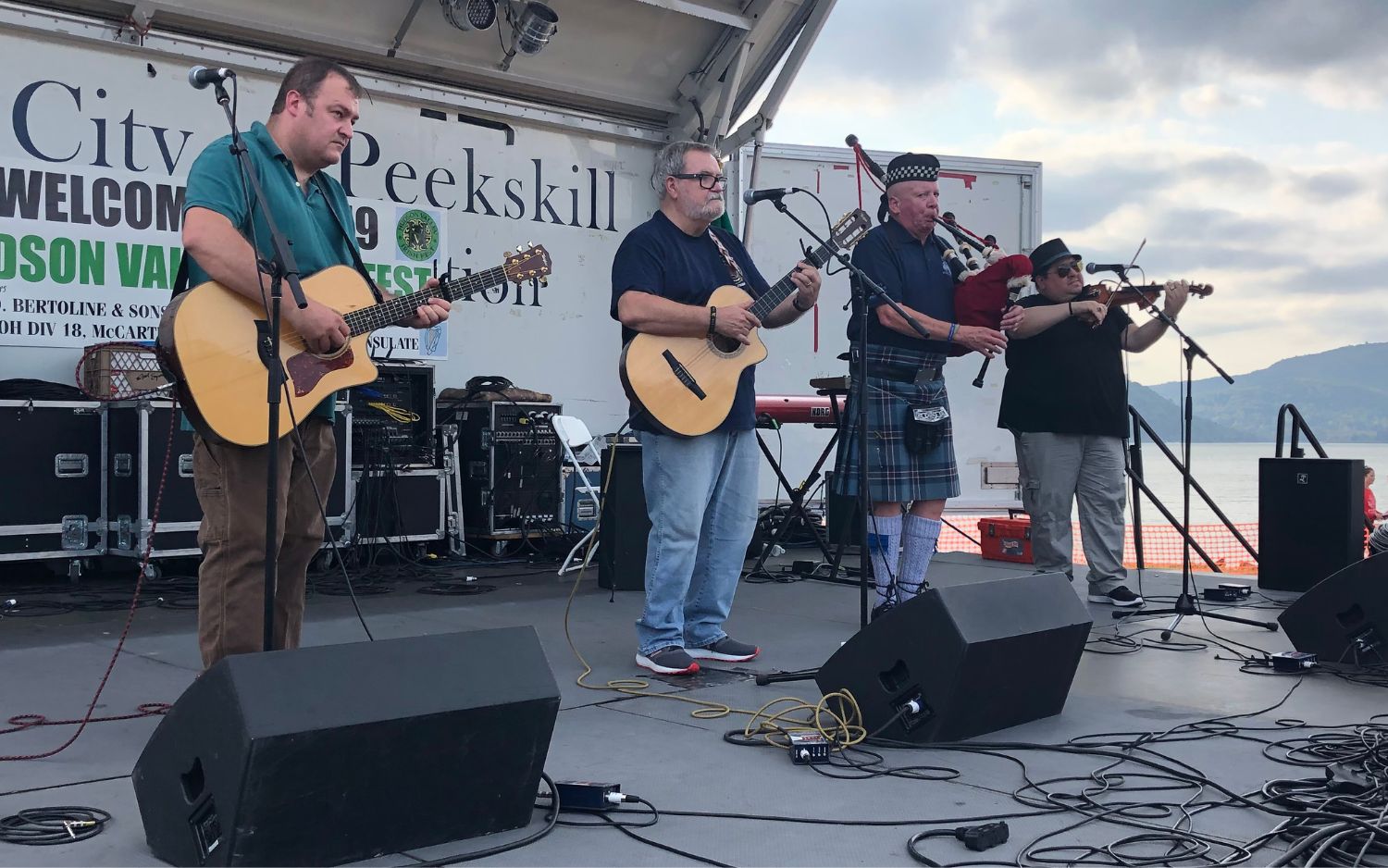A new exhibition celebrating the Argentine-Irish Diaspora has offered a fascinating insight into the world of emigration.
The PhotoIreland 2012 festival in Dublin includes the exhibition which centres on Encuentro – A Gathering.
It features the works of modern day photographer Maurice Gunning and letters and words from the first Irish emigrants to Argentina in the 1800s.
Gunning has captured images of the descendants of those Irish settlers as they go about their daily business in the Buenos Aires region.
The words from another century echo the fear of separation, culture shock, and the uncertainty of what lies ahead in an unfamiliar land according to TheJournal.ie.
It reports on the verbal descriptions in the exhibition which include a concern with the number of cattle they can buy in Argentina, the state of the farm back home in Ireland, and fond greetings to loved ones.
In a more dramatic letter sent home to Ireland by the Lambert brothers William and James, they outline the effect of a war with Paraguay on the price of sheep, violent stabbing incidents – including one of a three-month-old baby and his Irish mother, and the heat of the Argentinean sun.
The report adds that they also mention a difficulty with getting to grips with the local language and ask what sex the new calf at home is.
The transcript of the letter, preserved by the National Library of Ireland, reads:
Circa 1870, Buenos Aires
Dear friends, I’m going to tell you that this country is getting very hard on account of the war with the Paraguays. They say our side is beating the price of the sheep is fell the sheep that was worth 50 dollars is only worth 30 dollars and the wool is fallen wonderfully. The sheep is getting over stocked in the country and there is a great deal of murder committing stabbing and threats to cutting. There was an English sailor killed an Irish the other day in Lobos. He killed him for being alive. He said nothing to him only drove the knife into his guts. There is another native in the name of Lobos and he only killed twelve and he is killing away yet there is an Irish woman kill… she got it… she lives about a league and a half from us. Some said it was Lobos, he is about this place and more say it is her husband.
he child has got about one stab, it is about 3 months old. It is a hot place and no mistake about it I like the campo very well. I have not got much Spanish. I hope John and Aunty is well… and James sends these respects to you. Tell us what… the calf is.
No more at present from your affectionate sons William & James Lambert. Directions as before, perfectly.
Via South Hampton
Senor Don Santiago Lambert
Photo-journalist Gunning mixed his live images with reflections of the past from elderly members of the Argentine-Irish community.
He told the website, “Many of these first settlers came from the counties of Meath, Louth and Wexford. These men still speak English in the accents of their grandfathers.
“A man called John Juan Clancy was possibly the most significant member of the Diaspora I spoke to and told stories of such clarity and importance that without their meeting this photographic narrative would be a very different story.”
The report says that the legacy of the Diaspora is still visible today in establishments such as the Southern Cross newspaper (La Cruz del Sur) which was established in 1875 with Monsignor Patricio José Dillon from Galway as its first editor.
It is now the oldest Irish Diaspora newspaper in the world.
Gunning’s work also features the Argentine Hurling Club, formed in 1900 in Buenos Aires and still active as a social and sporting club.
Another social club, the Fahy Club, is named after Fr Anthony Fahy who worked with the Irish community in Buenos Aires from 1844.
The exhibition runs at the National Photographic Archive in Meeting House Square, Temple Bar, Dublin until Sunday, 22 July.




Comments